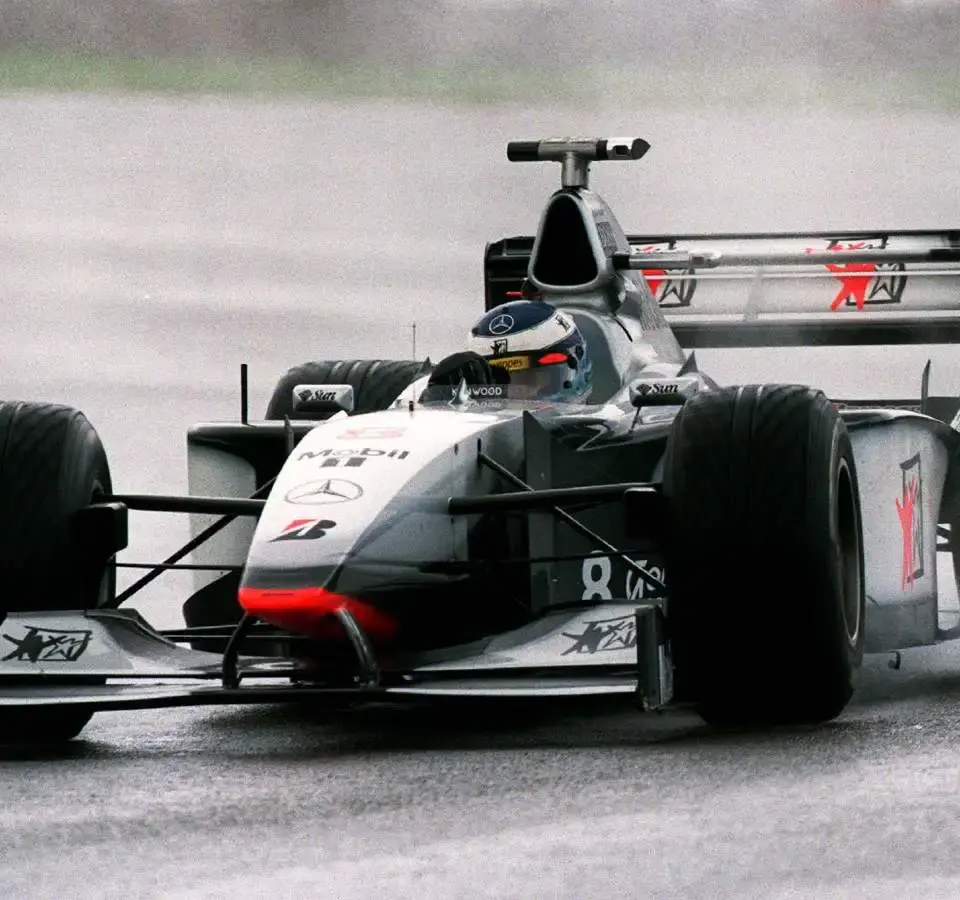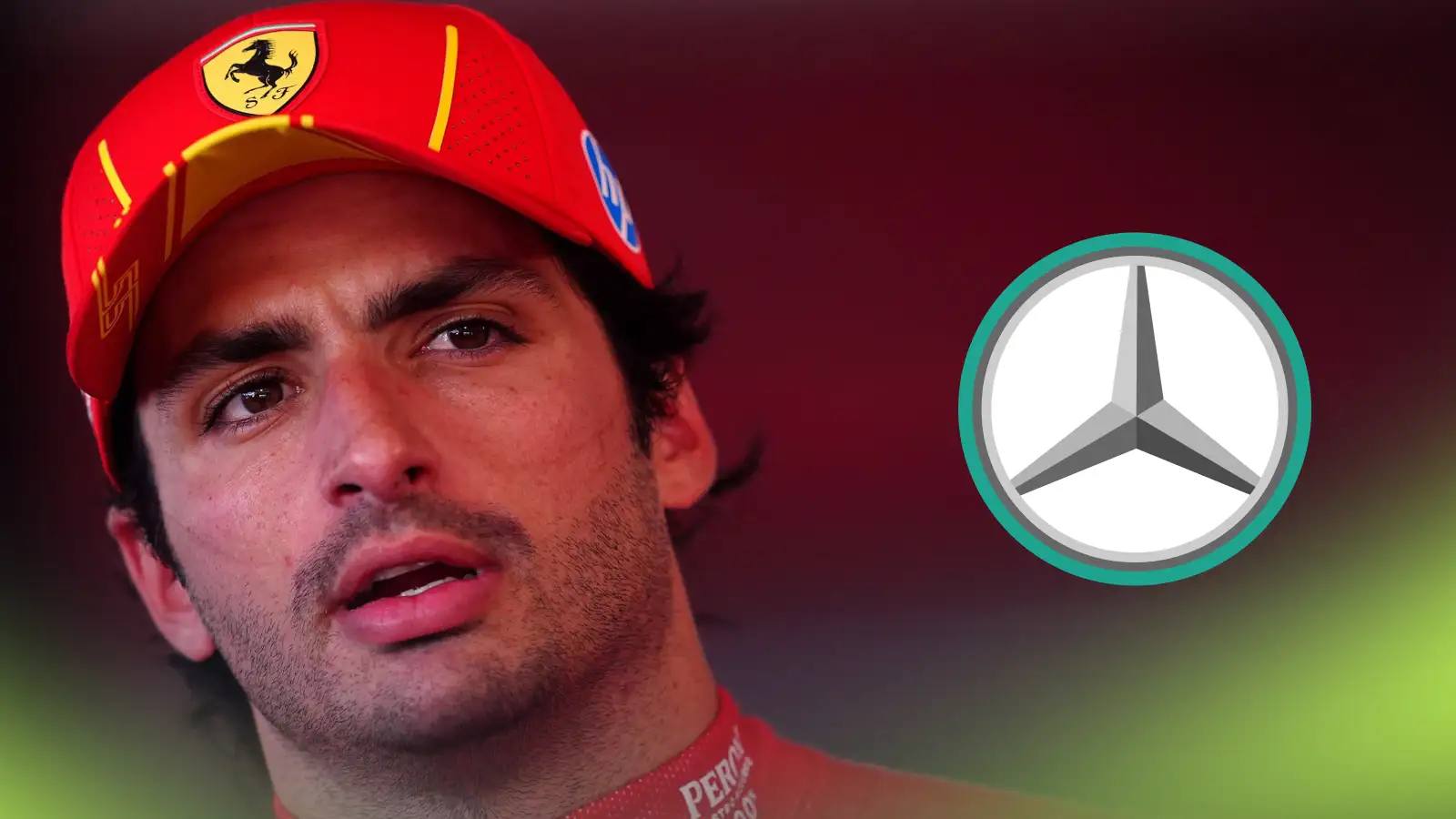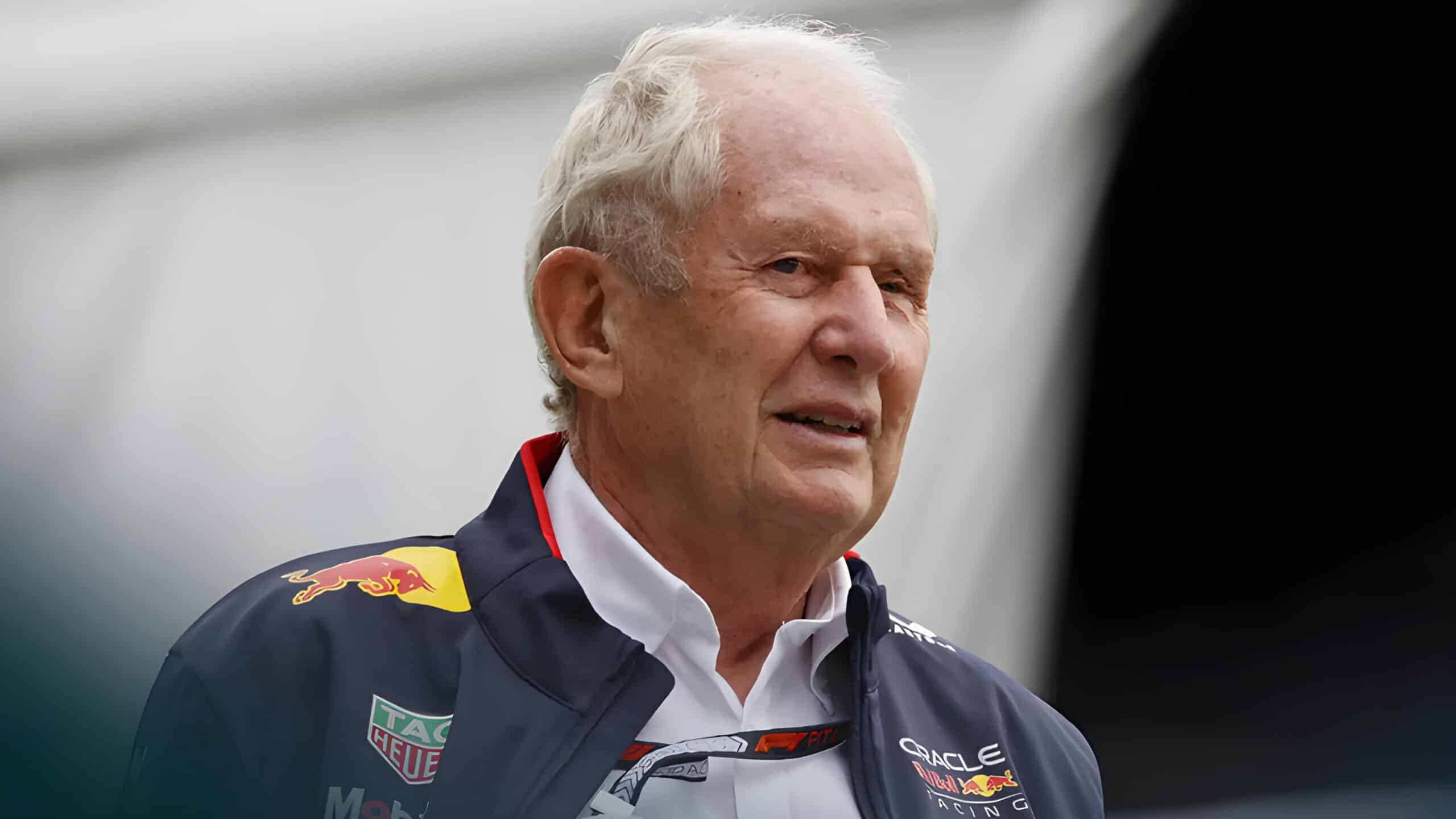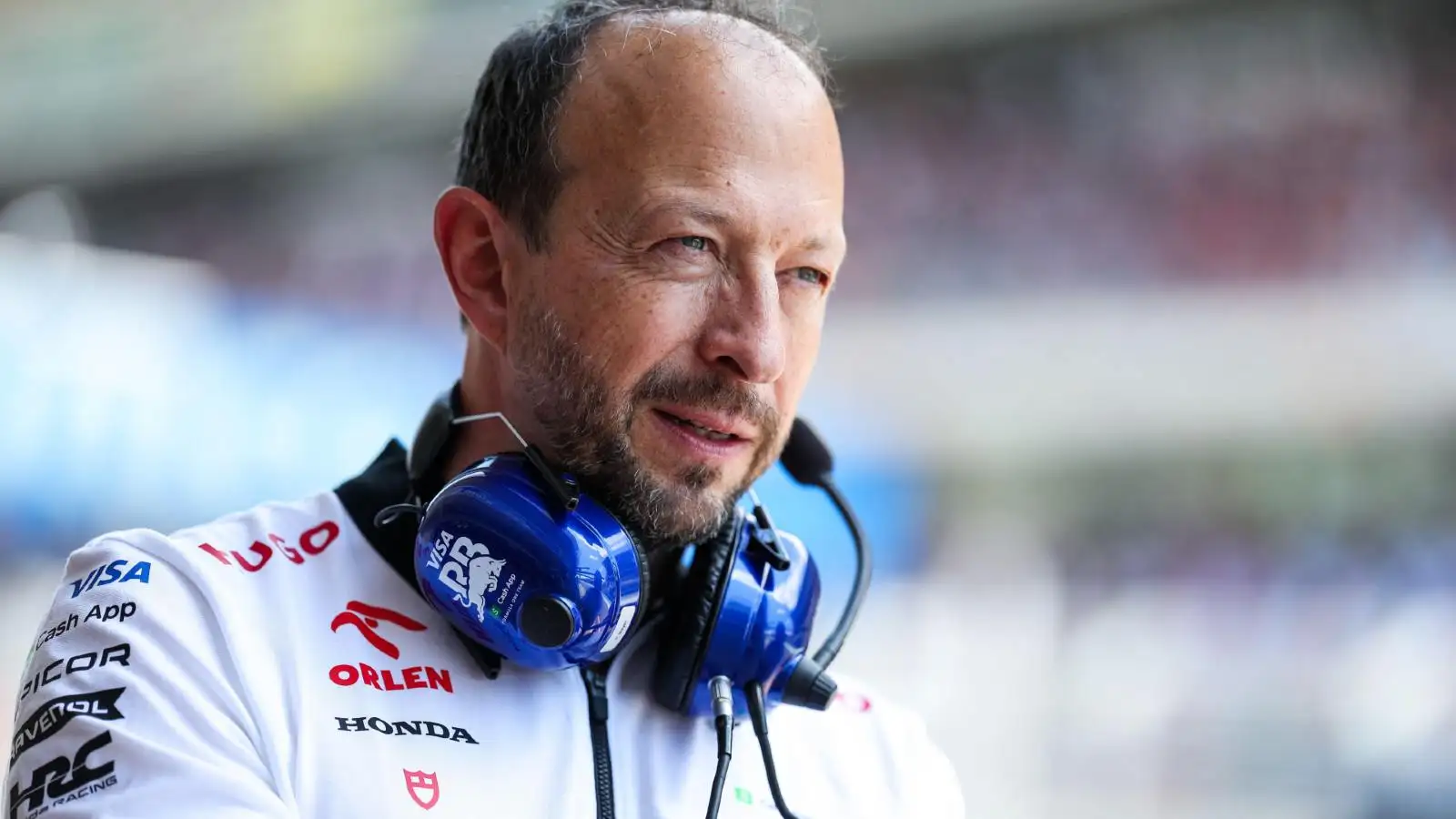McLaren’s clever ‘fiddle brake’ system, spotted by an eagle-eyed photographer, led to a major rule shake-up.
- Initially praised for its inventive design, McLaren’s brake system could control understeer by operating one rear brake independently.
- This system gave McLaren a significant competitive edge, prompting rivals to lodge complaints.
- Despite its legality being confirmed, ongoing controversy and rival pressure led to its ban by the FIA.
- FIA’s decision marked a significant moment in F1 regulation history, demonstrating the influence of innovation in motorsport.
During the 1998 Formula 1 season, McLaren introduced a unique braking system known as the ‘fiddle brake.’ This invention allowed drivers to control understeer by operating one of the rear brakes independently, rather than using both simultaneously. The system was so innovative that it provided McLaren a competitive edge, significantly improving their race performance. However, the breakthrough wasn’t without its controversies.
Eagle-eyed photographer Darren Heath noticed something unusual during the Austrian Grand Prix. He observed the rear brake disc of a McLaren car glowing at a moment when brakes wouldn’t typically be applied. This finding suggested the presence of an extra brake system and sparked further investigation. Heath’s persistent efforts paid off at the Nurburgring, where he captured crucial photographs revealing an additional pedal in the McLaren cockpit.
With Heath’s discovery, the secret was out; the ‘fiddle brake’ system had drawn significant public attention. Though McLaren claimed the system was legal and had been approved by FIA following preliminary discussions, rival teams launched protests. They argued the system functioned more as a steering aid than a braking mechanism, citing similarities to technology used in military tanks.
As rival complaints piled up, the FIA decided to ban the system. Their arguments rested on the notion that the system could be seen as a form of four-wheel steering, which was prohibited under existing regulations. This ruling demonstrated FIA’s complex dance with technical innovation in F1, reflecting ongoing debates over what constitutes legal advantage versus unfair technical manipulation.
This episode prompted FIA to clarify and tighten their regulations. The updated rules made it illegal for such systems to adjust brake pressure separately or act as steering aids. McLaren’s chief figures, like Adrian Newey and Steve Nichols, expressed frustration, noting the system’s simplicity and cost-effectiveness. Despite the ban, McLaren’s ingenuity left a legacy in F1’s innovative history.
The banning of McLaren’s ‘fiddle brake’ system exemplifies the fine line between ingenuity and regulatory compliance in motorsport.










